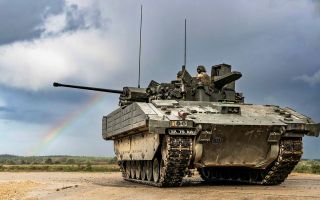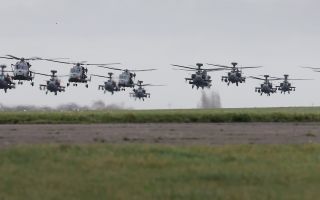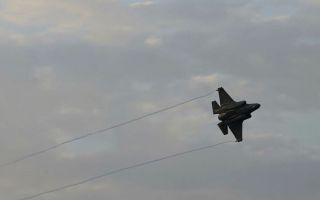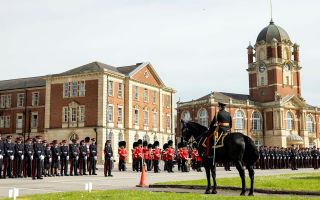Tri-Service
Accuracy Vs. Firepower: Comparing Automatic Weapons In WWII
During World War II, American G.I.s called the German MG42 machine gun “Hitler’s buzz-saw” because of the way it cut down troops in swaths.
In 1943 the U.S. War Department was given the difficult task of dispelling rumours of the German Army's deadly arsenal.
The above film was soon sanctioned to assauge fears of U.S. recruits heading to Europe faced with the German Army's destructive weapon.
The higher rate of fire from German automatic weapons, in particular the MG42, was cause for concern.
The film uses "shootouts" to compare the relative strengths of US weapons with their captured German counterparts.
A Thompson and an M-3 "Grease Gun" first face-off against the German MP-40. This is followed by a second round featuring the light and heavy versions of the American Browning .30 caliber against the German MG-34 and MG-42. The narrator considers the differences:
“Well, so it does have a high rate of fire, does that mean it is a better fighting weapon than ours?”
The results drawn are intriguing, if not slightly misleading, with the narrator concluding:
“The German gunner pays for his impressive rate of fire. But you get maximum accuracy with a rate of fire that isn’t just noise! The German gun is good—but ours is better. Their bark is worse than their bite.”
The reality was that the German MG42, firing up to 1,800 rounds per minute, bit hard. It was widely considered to be the deadliest, and most effective gun in European theatre at the time.
As a measure of its enduring success, today, Germany and 30 other countries still use 'Hitlers Buzz-saw'.









